7 'magic' wells of Scotland
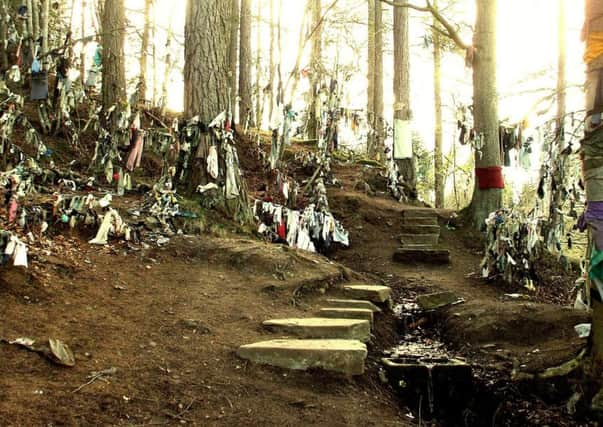

With some dating to the times of druids, the wells were later attached to various saints and particular ailments.
People would visit different wells for different illnesses, from insanity to eye disease and infertility, with offerings made to the healing spirit to insure good health.
Advertisement
Hide AdAdvertisement
Hide AdThe the first Sundays of November, February, May and August were believed to be when the powers of the wells were at their most potent.
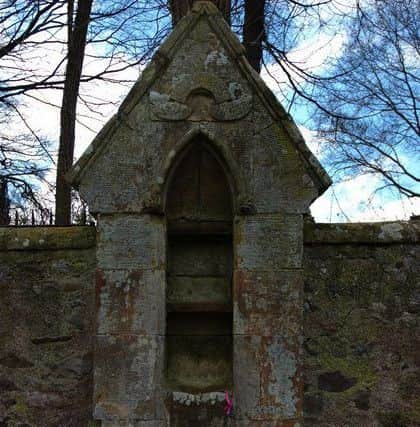

With the Reformation came great superstition of the wells with the church taking punitive action to clamp down on “offenders” who visited them.
Today, many sites continue to attract the curious with large numbers of tokens and gifts left behind.
Clootie Well, Munlochy, Black Isle
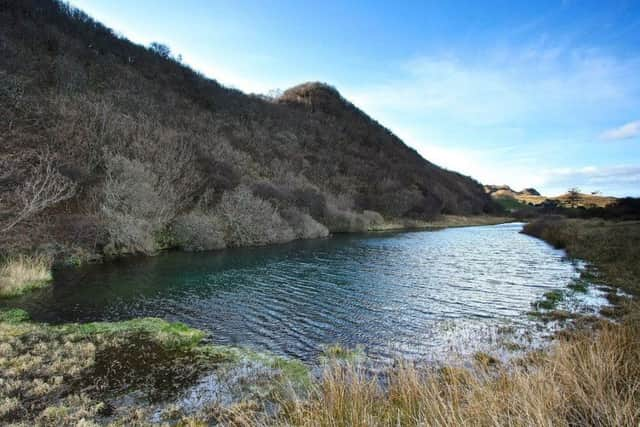

People have visited Clootie Well in a bid to cure sickness since at least 620AD when the well was associated with St Boniface.
Today, hundreds of offerings of cloth - or cloot - can be see hanging from the trees that surround the water source.
A strange, eerie atmosphere is reported by many visitors who visit here.
Traditionally, those seeking help would circle the well sunwise three times before splashing some of its water on the ground and making a prayer.
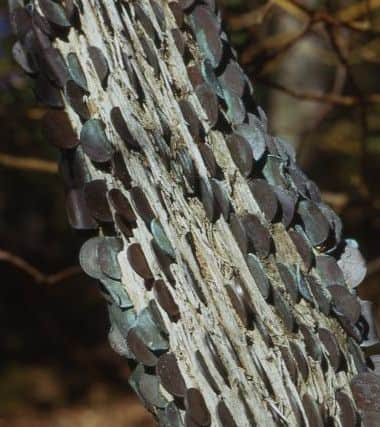

Advertisement
Hide AdAdvertisement
Hide AdA piece of cloth or “cloot” that had been in contact with the ill person would then be tied to a nearby tree.
As the cloth disintegrated, the sick person would heal and anyone removing a rag will succumb to the misfortunes of the original owner, according to tradition.
Sick children would also be left here overnight to be healed.
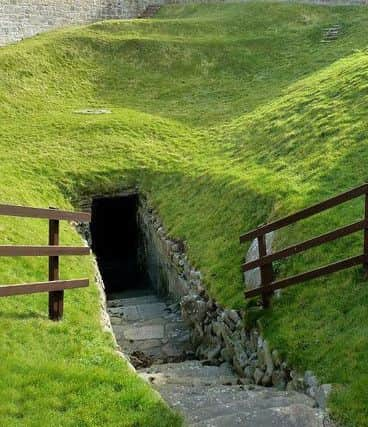

St Mary’s Well, Orton, Moray
This early chapel site has a long history of pilgrimage and cure with the well believed to cure sickness of the eyes and joints as well as whooping cough.
Such was its powers, people travelled from the Hebrides to sample its water with most people completing the journey barefooted.
The Reformation led to serial clampdowns on visitors attending the well with “offenders” frequently pulled before church session.
In 1584, action was taken by elders at the Elgin Session against those using the well with several people incarcerated.
Advertisement
Hide AdAdvertisement
Hide AdIn 1629, the Privy Council ordered and inquisition into the “superstitious resorts” across Scotland with commissioners to search “at all such pairts and places where this idolatrous superstition is used”.


Orders were given to “take and apprehend” all people known to visit chapels and wells, whatever their “rank and quality”.
In 1643, records show that Lady Aboyne was still making her annual pilgrimage to St Mary’s which was around 30 miles from her home. She took her shoes off for the last two miles of the journey
St Wallack’s Well and Baths, Glass, Aberdeenshire
This well was visited by people seeking relief from eye disease will pilgrims leaving a pin in a hole beside the well.
One account, from a Dr Duguid in 1874, claims the hole was full of pins at the end of May that year.
The nearby baths were also said to have healing powers with their waters much sought after by sick people, particularly children, according to McPherson’s Primitive Beliefs in the North East of Scotland.
“The baths are a little distance up the Deveron, above the old kirk, in the direction of Beldorney.
Advertisement
Hide AdAdvertisement
Hide Ad“They are formed by natural cavities in the rock, three of four feet deep and supplied by a small spring coming out of a brae about twenty yards above the bath.”
Thhe baths were noted for curing children that were dwining,” McPherson said.
Hundreds of children are said to have been “dipped” here every year.
Melshach Well, Moss of Leith Hall, Aberdeenshire
The waters here were said to restore fertility in barren women or cure a sick animal, with harnesses often left at the site as an offering.
An account of the fertility ritual was given by McPherson.
“The women with garments fastened right up under their arms and with hands joined were dancing in a circle around the well.
“An aged crone sat in their midst, and dipping a small vessel in the water, kept sprinkling them.
“They were married women who had proved childless and had come to the well to experience its fertilising virtues.”
Advertisement
Hide AdAdvertisement
Hide AdThe ritual was observed until the late 1860s, according to McPherson.
Loch Sheanta, Skye
Loch Sheanta spring is said to be the most celebrated healing well on the island and can be found between Staffin and Flodigarry.
The sick would circle the spring three times in a clockwise direction after drinking the water.
Offerings would then be made of clothing, coloured threads, pins or coins as people sought cures for stitches, stones and depression.
A sacred trout which swims in the lochan where the spring drains is said to be the guardian of the well.
Traditionally, people are said to refuse to fish here.
Wood would neither be cut from the trees surrounding the spring, thought to be where spirits lived, in case of bad luck.
A copse of hazel trees now surrounds the spring.
St Maelrhuba’s Well, Isle Maree, Wester Ross
St Maelrhuba’s Well attracted those seeking a cure from insanity and has been considered a sacred place long before Christian times.
Advertisement
Hide AdAdvertisement
Hide AdIt later became connected to St. Maelrhuba who founded a monastery at nearby Applecross and later made his home on Isle Maree in Loch Maree.
Patients would drink water from the well with some accounts detailing how they would be bound, thrown from a boat and towed around the island three times in a clockwise direction.
Offering was made, with a rag often attached to the nearby ‘Money Tree’.
Coins would also be wedged into its bark and those which fell out of the tree were thought to be a sign that wishes would not be granted.
Queen Victoria visited in 1877 and left a coin at the tree with the oldest coin found at the site dating to 1828.
Burghead, Moray
The well at Burghead is thought to have existed since Pictish times and, while its purpose is not entirely clear, the scale and character of the site suggests it was a place of ceremony.
Some believe it may have been a shrine to Celtic water deities or even a place of ritual drowning.
Advertisement
Hide AdAdvertisement
Hide AdA flight of 20 rock cut steps leads down to an underground chamber, which measures around five metres squared, with a large pool fed by springs sunk inside.
Once emptied, the well is said to take six days to refill.
Some accounts claim the well was later sanctified by St Columba and used for baptisms.
